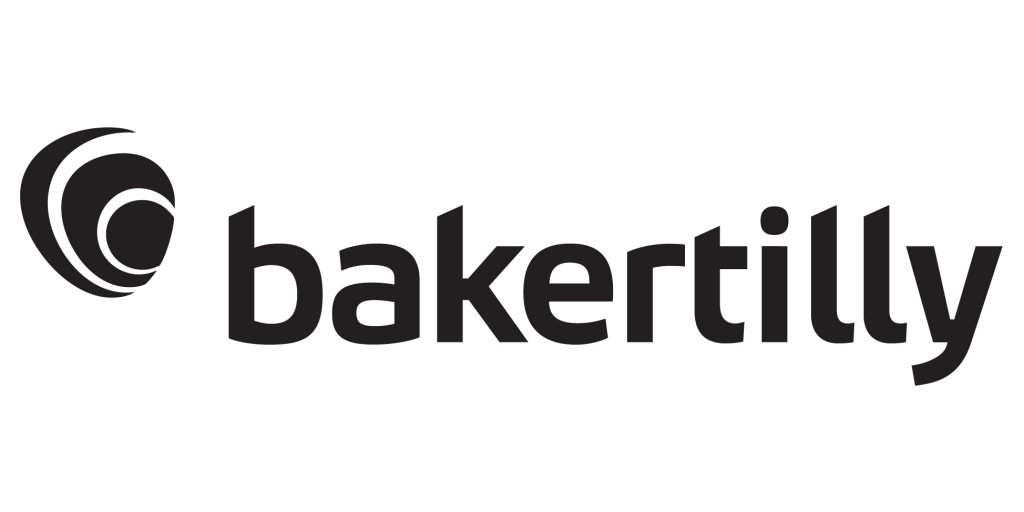Baker Tilly’s Insights Into Thriving Amidst Turmoil
How enterprise risk management can empower colleges to overcome uncertainty
Authored by Adrienne Larmett, John A. Rogula
Colleges and universities today face an unprecedented wave of disruptions. Political shifts, executive orders, regulatory changes and evolving federal funding priorities have upended the higher education landscape. The rapid pace of these changes shows no signs of slowing, leaving institutions in a constant state of adaptation. Leaders must grapple with a host of challenges, from changes in immigration policies affecting international student enrollment to funding uncertainties and shifting societal expectations.
Yet, while the challenges are great, so are the opportunities. Institutions that embrace a proactive approach to risk management will be best positioned to navigate uncertainty and emerge stronger. This is where Enterprise Risk Management (ERM) plays a crucial role, providing a framework that not only helps colleges respond to current disruptions but also prepares them for future challenges and opportunities. ERM empowers institutions to shift from reactive to proactive crisis management and to strategic resilience, ensuring that they can adapt to change while staying true to their academic mission.
What is ERM?
Enterprise Risk Management is an organization-wide approach to identifying, assessing, managing, and monitoring risks that could impact or escalate an institution’s ability to achieve its goals. Unlike traditional risk management, which often focuses on specific areas like finance or compliance, ERM takes a holistic view, addressing risks across all facets of the institutional enterprise. This includes financial stability, regulatory compliance, strategic direction, operational excellence, reputational concerns and the broader external environment. ERM fosters a proactive, adaptable culture that anticipates risks, manages them effectively and turns challenges into opportunities.
Higher education at a crossroads
The current higher education landscape is defined by volatility. Consider some of the major disruptions institutions are navigating today:
- Federal and State policy shifts: Changes in funding priorities, evolving Title IX regulations and new compliance mandates require institutions to remain constantly vigilant.
- Campus free speech and Diversity Equity and Inclusion (DEI) debates: Institutions are caught in political and ideological battles over DEI initiatives, campus protests and academic freedom.
- International student enrollment challenges: Visa policy changes and geopolitical tensions affect the recruitment and retention of international students.
- Financial pressures: Rising costs, demographic shifts and unpredictable funding streams require institutions to rethink their financial models.
- Technological and AI disruptions: The rapid evolution of artificial intelligence (AI) is reshaping everything from classroom instruction to administrative processes.
These incidents are not isolated but part of a broader pattern of continuous change. Institutions that prepare for uncertainty through ERM will be better equipped to maintain stability and focus on their core mission of education and research.
How ERM helps colleges and universities navigate disruptions
Recent challenges have shown that colleges and universities need a plan for navigating the unknown. By integrating ERM into their operations, institutions can take a proactive stance in managing risks, ensuring that they’re prepared for future uncertainties. Here’s how ERM can help:
- Anticipating emerging risks: Rather than waiting for the next crisis, ERM encourages institutions to regularly assess external trends, whether political, economic or technological—to anticipate risks before they become critical. Institutions can apply ERM to support decision making by assessing risks and the alternative strategic options available in response. Institutions can prepare for funding shifts, new regulations and other emerging challenges with foresight rather than panic by conducting ongoing risk assessments.
- Building flexible response strategies: ERM is not just about identifying risks, it’s about crafting actionable plans to address and capitalize on them. Institutions need contingency strategies for various scenarios, such as sudden changes in federal research funding or student visa policies. With ERM, leadership teams can create structured response plans that ensure agility, minimize disruption and maximize opportunity.
- Strengthening campus communication and transparency: Amid upheaval, clear communication with faculty, students and stakeholders is essential. ERM supports the development of crisis communication plans, ensuring that institutional leadership can quickly and transparently address concerns, maintain trust and prevent misinformation from spreading.
- Ensuring financial stability: With ERM institutions can identify financial vulnerabilities and diversify revenue streams to withstand economic fluctuations. Whether through alternative funding sources, strategic partnerships or smarter budgeting, institutions that implement ERM can better secure their financial future.
- Fostering a culture of resilience and adaptability: Change is inevitable, but institutions that embrace ERM create a culture that is resilient, proactive and open to innovation. By embedding risk management into daily operations, institutions can strengthen their ability to evolve with confidence and purpose and bring the lens of risk to long-term strategic decisions.
A call to action for institutional leadership
The future environment of higher education is uncertain, but uncertainty does not have to mean instability. Institutions that invest in ERM will not only weather today’s challenges but will also position themselves as leaders in a rapidly changing world. By fostering strategic foresight, proactive risk management and a culture of adaptability, institutions can continue to fulfill their mission of education, research and service—no matter what disruptions arise.
Now is the time for leaders to embrace ERM, ensuring their institutions are not just reactive to change, but prepared for whatever comes next. An ERM health assessment is something you can do now, quickly and at a relatively low cost to get a sense of your exposure going forward.
With ERM in place, colleges and institutions can face the future with confidence, resilience and a commitment to excellence.
Interested in learning more? Connect with a Baker Tilly specialist.

